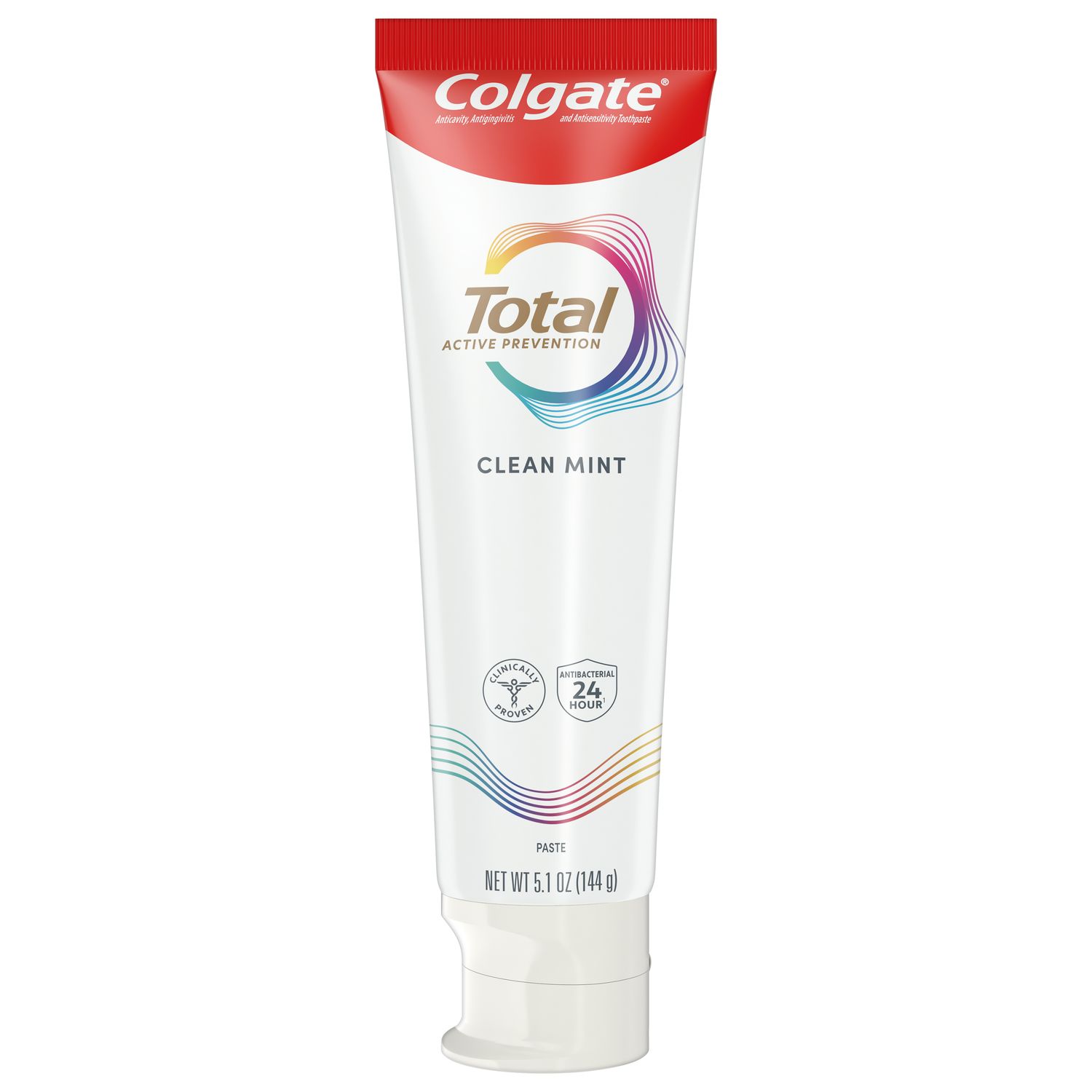
While teledentistry (TD) is not a new practice, it became a truly invaluable one during the COVID-19 pandemic. With patients unable or reluctant to come to the practice, TD has allowed dentists to maintain a connection and continue to provide care. As we emerge from the pandemic, we expect that TD will continue to be an important tool in the provision of dental care. Here, we discuss how this may look, and how 4G and emerging technologies like 5G and 6G can help to make it possible.
What is TD?
TD is an umbrella term that encompasses all virtually facilitated dental care, education and/or information-sharing technologies. These may be synchronous or asynchronous in nature.
Synchronous TD involves live, two-way interaction between dentist and patient, e.g., audiovisual such as Zoom or telephone consultations. Asynchronous TD is often referred to as “store and forward.” This involves the transmission of stored health information like radiographs, photos, consent forms, medical records, impressions, and CAD/CAM images, that will be reviewed at a later time.
Making TD possible
TD is made possible by an increasingly sophisticated network infrastructure.
High-speed wireless networks and 4G/5G cellular networks are now found in many homes, facilitating flawless live communication and rapid data sharing between patients and providers, as well as providers and specialists.
During the pandemic, both types of TD became commonplace. Dental professionals were able to conduct virtual triage over phone or video calls, with patients able to share signs and symptoms using text, photo and video messaging. This allowed dentists to gather enough information to assess a patient; identify those for whom in-person care was absolutely essential; and provide prescriptions, education or self-care advice to others.
TD kept dental care accessible to those who needed it, particularly the vulnerable and shielding, while minimizing the risk of exposure for patients and providers. As we look to the easing of pandemic restrictions though, we are now very aware that TD can still fulfil needs in the provision of care.
Beyond the pandemic
Limited access to dental care is sometimes a reality for disabled or medically vulnerable individuals, those from low socioeconomic backgrounds, and those living in rural or underserved areas. TD can allow dental professionals to connect with these populations no matter where they are, and in a way that’s convenient and safe for them.
Dental anxiety is also a significant barrier to dental care for some people. A virtual appointment in the comfort of their own home may ameliorate anxiety to some extent, and could also be used to prepare anxious patients for any necessary visits.
In some cases, a virtual screening, consultation, or follow-up appointment can eliminate the need for a practice visit altogether. In other situations, TD can be used to pre-screen patients, complete medical history and consent forms, and provide aftercare advice. Not only is this convenient and desirable for the patient, but it also helps the dentist to manage waiting times and run a more time- and cost-efficient practice.
The future of TD
As the data transmission and connectivity capabilities of wireless and cellular technologies continue to advance — with the advent of next-generation 6G networks, for example — they open up exciting possibilities for the future of TD. Examples include:
The expansion of the Internet of Dental Things (IoDT). The IoDT is an ecosystem of intelligent devices currently linked by 5G network technology. Devices share data and learn from each other, improving disease detection, prevention and treatment.
Artificial intelligence. AI relies on the synthesis of huge amounts of data to develop automated algorithms. Machines can then intelligently perform tasks with superhuman efficiency, vastly increasing the speed and scale of dental research, development, diagnosis and treatment planning.
Augmented or virtual reality. Already used in apps to “gamify” activities like toothbrushing, this technology has wide-ranging applications, from oral health coaching and education to 3D imaging.
The age of robotics. Robots were used during the pandemic to reduce human contact by replacing basic tasks, such as food delivery and sterilization. As technology advances, it is very possible that robots could further assist in surgical or dental tasks.
Considerations
These are just a few of the many methodologies that will benefit greatly from enhanced network capabilities and connectivity. However, given that they rely heavily on the use of sensitive data, it is important to keep patient privacy and confidentiality in mind at all times. Examples include:
Ensuring that synchronous consultations take place in a private space where the patient cannot be overheard.
Ensuring that data is stored and transmitted securely and is not kept for longer than necessary.
- It is also important to maintain the same high standards of patient care that you would in a clinical setting. The American Dental Association (ADA) offers guidance, which bears careful consideration if we are to utilize these emerging technologies to the full benefit of our patients. Information is also available from the American Teledentistry Association.
Join us
Get resources, products and helpful information to give your patients a healthier future.
Join us
Get resources, products and helpful information to give your patients a healthier future.













